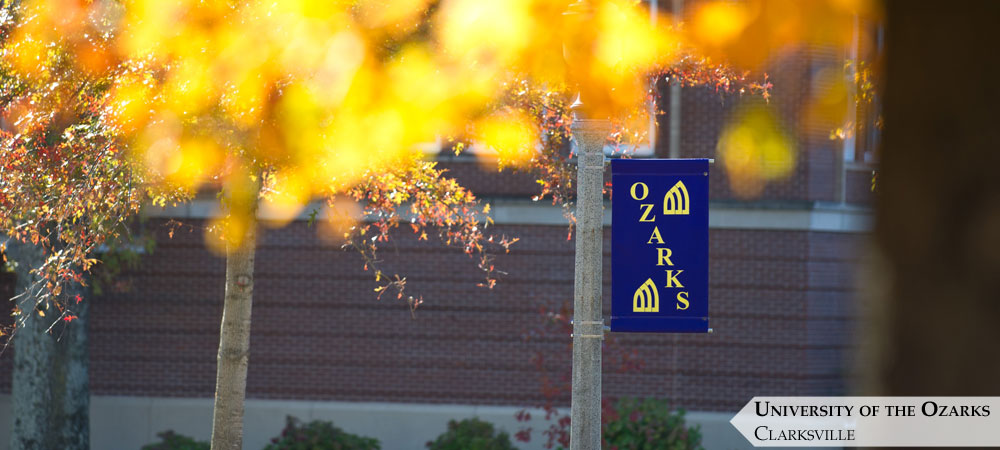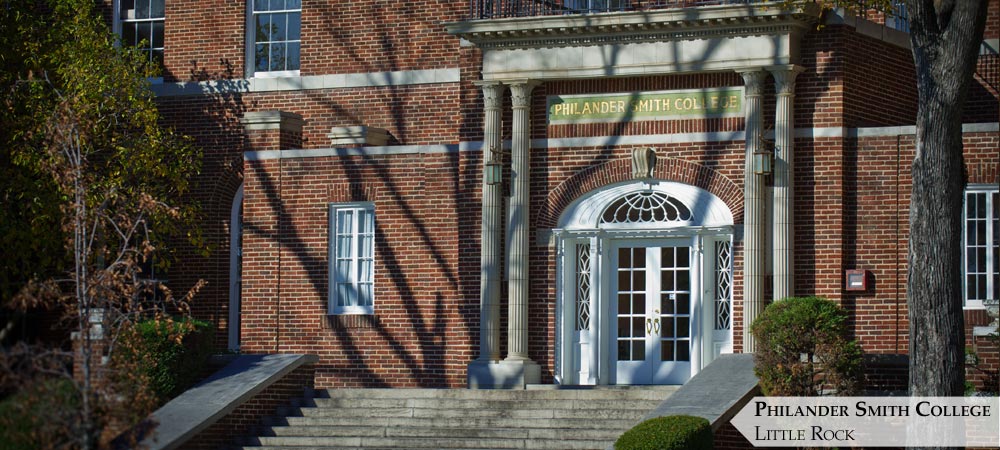Daniel Armstrong, ’20, researched new treatment options for tuberculosis (TB) at Lyon College this summer.
Armstrong worked with Associate Professor of Chemistry Dr. Irosha Nawarathne on developing new antibiotics to treat multi-drug resistant TB.
“This TB strain can be deadly, so new treatment options are always very useful,” Armstrong said.
He used the drug rifamycin, a well-known TB treatment and a broad-spectrum antibiotic, as a precursor to develop new rifamycin derivatives. Using a reaction called an “enabling reaction,” he incorporated an azide group to the complex rifamycin S, something which has not been done before in scientific literature.
“I primarily studied ‘click chemistry of rifamycins,’ which is a type of reaction that occurs between two specific chemical groups: alkynes and azides,” Armstrong said.
After modifying rifamycin so that it had an azide functional group on it, he added different alkyne molecules to it in order to create the new rifamycin derivatives. During the project, he would frequently run reactions and later purify the products using chromatography, a laboratory technique for the separation of a mixture.
He also used techniques like infrared spectroscopy and mass spectrometry to identify products.
“I think the coolest moment for me was when I realized that the antibiotics I made had never been made before,” Armstrong said.
Nawarathne said the novel rifamycins developed by Armstrong are currently being tested by other researchers for their antimicrobial and anticancer activities.
“It’s exciting to think that some day the drugs made in Dr. Irosha’s lab could possibly help treat TB,” Armstrong said.
He believes this research experience will help him when he enters the University of Arkansas for Medical Sciences (UAMS) College of Pharmacy this fall.
“This research gave me insight into the drug discovery process,” Armstrong said. “So much work goes into the process of developing just one drug molecule, and I think appreciation for that is important.”










